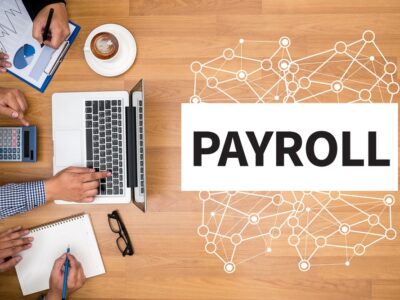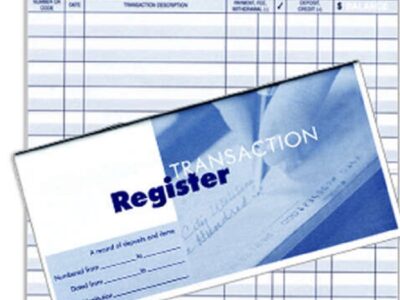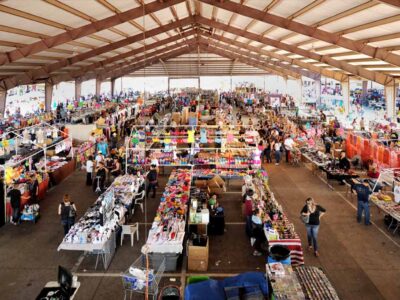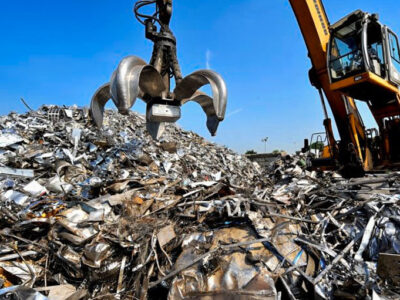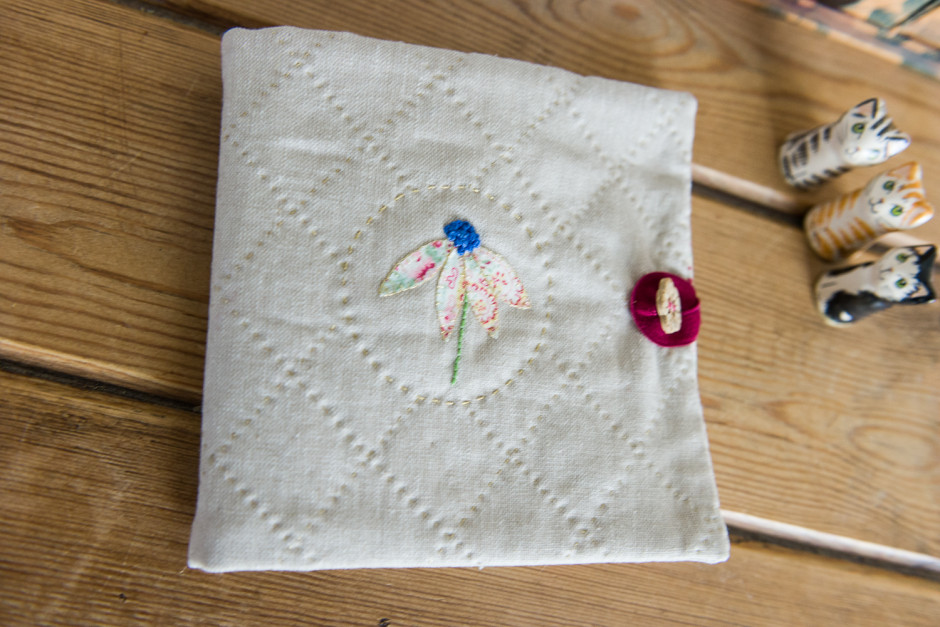
An embroidery hobby could be exactly what you need – especially in this current moment of anxiety and restrictions to our normal lives. Craft hobbies give you the challenge and satisfaction of learning new skills and working with your hands make new things. The focus, attention to detail and repetitive actions of sewing can even help to foster a state of mind similar to mindful meditation, which many people find can help with racing thoughts or oppressive feelings.
Even if you’re not doing it for the concrete mental health benefits, a hobby, giving you something else to focus on and be proud of is a good stress reliever, and you might even be able to make some presents to give to friends for birthdays and at Christmas!
Today we’re taking a look at what you need to get started with embroidery, so you can put together a complete embroidery set with confidence.
The Needle
Choosing the right needle for your embroidery project is slightly more complicated than you might expect. Different kinds of embroidery use different needles, and different sizes of needle produce different effects.
If you’re interested in surface embroidery – also known as free embroidery – you’ll need what’s known as a crewel needle. These have large eyes, so you can thread the comparatively thick threads embroidery uses, and a sharp needle, so you can pierce the fabric you’re sewing onto.
If you’re looking at one of the many forms of counted thread embroidery, including cross-stitch and needlepoint you’ll need a tapestry needle. These also have large eyes – larger in some cases – but they have a blunted point. Counted thread techniques don’t pierce the weave of the fabric, they punch between the warp and weft threads, and a blunted end makes this easier.
Both types of needles come in different sizes: in general smaller needles let you do finer stitches but are harder to handle, while bigger needles are easier to handle and make larger stitches, but also leave more of an impression to the fabric, potentially even causing damage. Starting with a medium sized needle is a good idea – it’s the easiest for a beginner to get to grips with, and allows you to complete most projects with a sufficient level of detail.
Thread
Most embroidery projects use a special kind of thread called embroidery floss. This is thicker than normal sewing thread, and made up of multiple strands that you can unpick if you need a thinner, lighter effect. Embroidery floss comes in a standard weight so you can quickly build up a library of different colours and textures ready for any project.
Some embroidery techniques use different materials from silk threads to thick wool yarns, so it’s with making space for even more materials to join your collection.
Fabric
Surface embroidery can use almost any fabric: it’s a more organic, directly creative technique that sews onto the surface of any fabric that can hold a stitch.
Counted thread techniques need a special kind of fabric called ‘evenweave’. This is made so it has an equal number of threads in each square inch, so it forms a regular grid for you to follow the instructions of your embroidery pattern. If you try to cross stitch without evenweave you’ll get very uneven results!

